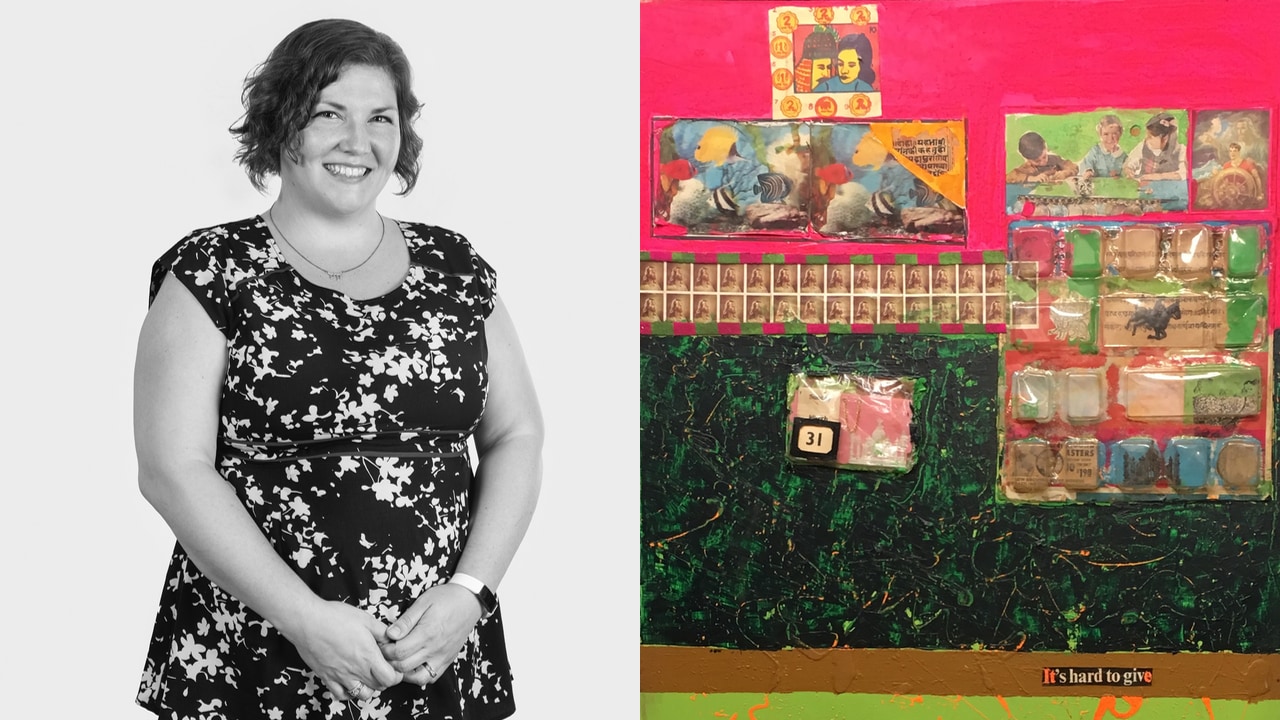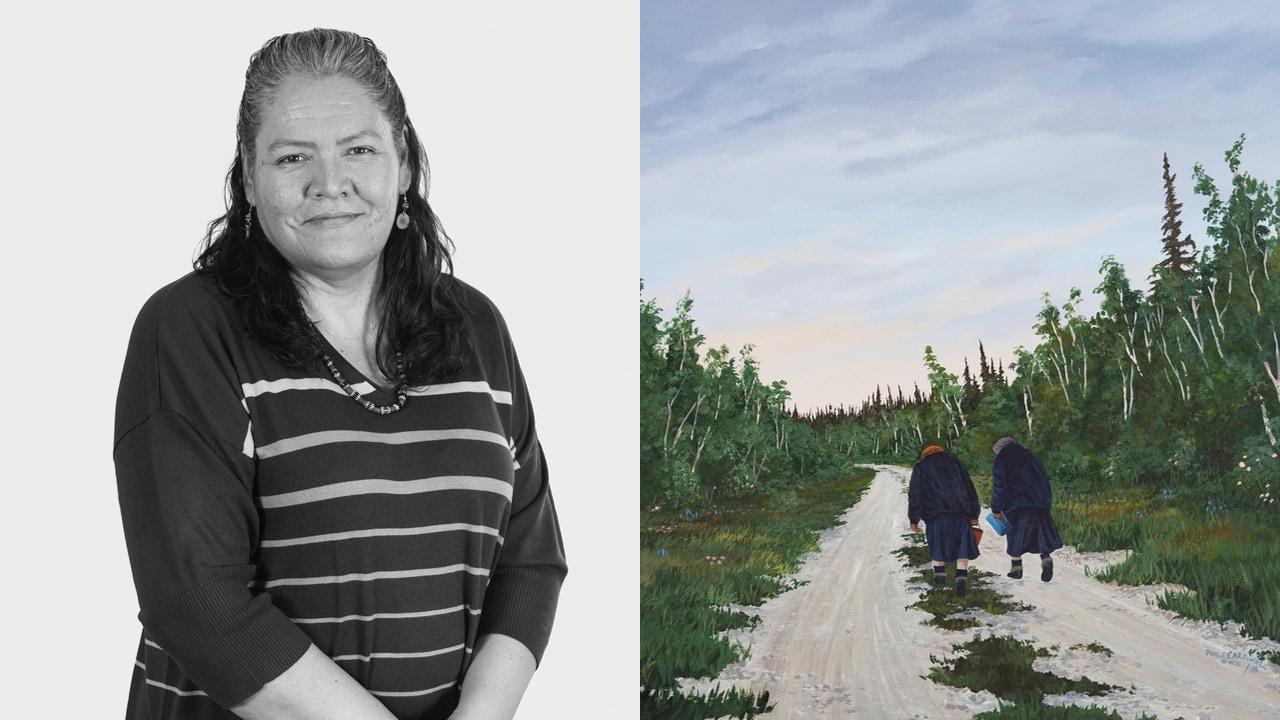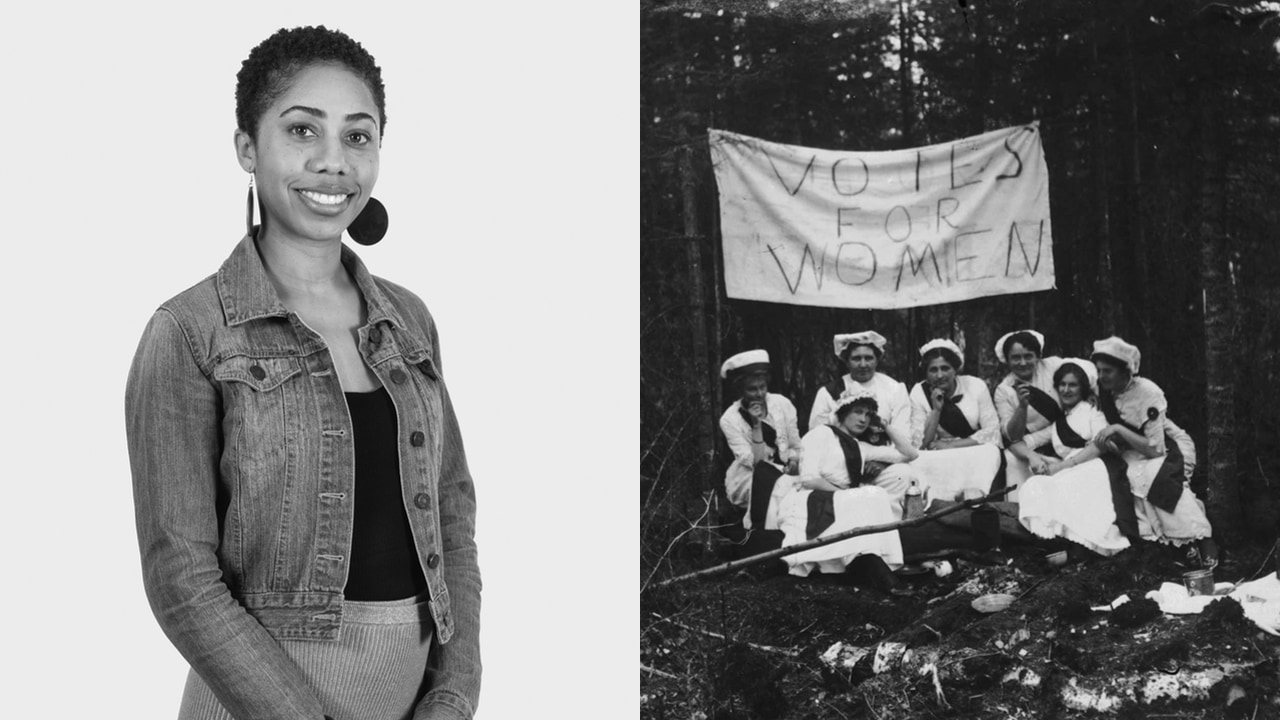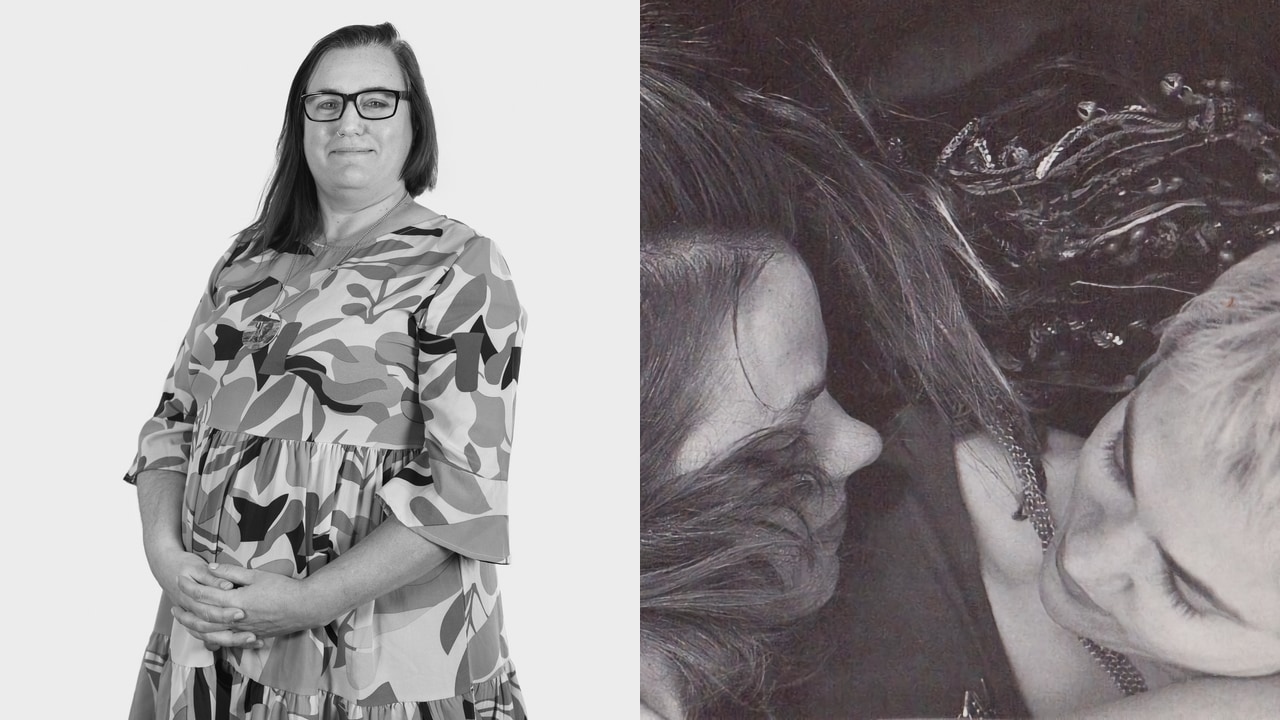Sandrena Raymond on the Worldly Affiliations of P.Mansaram

The seventy-year career of the innovative Indian-born Canadian artist Panchal Mansaram (1934–2020)—who stylized his name as P.Mansaram—was just beginning to garner national attention when he passed away in 2020. After moving to Canada in 1966 and settling in Burlington, Ontario, his art practice evolved to include creating mixed-media collages that explore migration, cultural identity, and spirituality. His colour-packed works, including It’s Hard to Give, 1969, investigate everyday life in Canada and in India and often feature images and texts from both countries. In her research, Sandrena Raymond focuses on Mansaram’s role as a cosmopolitan artist who in the late twentieth century bridged the worlds of his native and adopted country to present a picture of South East Asian life in a multicultural Canada. Sandrena Raymond worked with the Royal Ontario Museum to inventory Mansaram’s oeuvre before the institution’s landmark acquisition of more than 700 of his works from 2014–17. She has a PhD in Information, Master of Information, and Master of Museum Studies from the University of Toronto.
Jennifer Bowen on the Cree / Métis Modern Artist Don Cardinal

For Jennifer Bowen, who grew up in Yellowknife, Don Cardinal (1944–1985) was a prolific painter at the centre of a thriving art scene. Yet the name of the inexhaustible artist who created modern representations of mid- to late-twentieth-century Indigenous life in his community in Hay River, Northwest Territories—such as this tranquil depiction of two berry pickers walking together along a path surrounded by forests—remains largely unknown. In her research, Bowen explores Cardinal’s unique signature style and how it presented a new way of seeing. His work combines an Impressionist approach—which he was exposed to while at residential school—with an Indigenous perspective on landscape. As Bowen explains, “If you’re from the North or if you’ve lived in the North, you know it’s a Northern image just by the horizon that he creates.” Through Cardinal, Bowen explores the roots of contemporary Indigenous art and the transformation of traditional art into contemporary expression. Jennifer Bowen is originally from the Northwest Territories and is a member of the Yellowknives Dene First Nation. She is a PhD student at the University of Victoria.
Alyssa Fearon on the Life and Work of William “Billy” Beal

In 1906, the Massachusetts-born Black photographer William “Billy” Beal (1874–1968) made his way to Manitoba, heeding the Canadian government’s call to increase settlement in the Prairies while defying its explicit preference for British and white American immigrants. Despite the country’s overtly racist policies—which would include the 1911 law that banned Black people from immigrating—Beal migrated to rural Manitoba and began documenting homesteading life and creating masterful portraits. His images offer a powerful narrative of his community and reflect his engagement with key issues of his time. Alyssa Fearon’s research examines the significance of Beal’s remarkable photographic archive and considers his work through the lens of Black life in Canada in the early 1900s. Alyssa Fearon is the Director/Curator at Dunlop Art Gallery in Regina. She holds an MBA from the Schulich School of Business and an MA Art History from York University.
Kristen Hutchinson on the Kiss & Tell Collective: Lesbian Imagery & Sexual Identities

Where do you draw the line between censorship and freedom of expression? Representation and exploitation? Art and pornography? In 1990, the pioneering Vancouver-based artist collective Kiss & Tell raised these provocative questions with Drawing the Line, its genre-defining and groundbreaking photographic exhibition about lesbian sexuality. With their radical images of women engaged in various erotic practices, from kissing to bondage to voyeurism, the collective—consisting of members Persimmon Blackbridge, Lizard Jones, and Susan Stewart—not only drew attention to the lack of lesbian representation in Canadian art, but also used visual culture to address hotly debated questions within the queer community. Kristen Hutchinson’s research examines how Kiss & Tell created artworks and spaces that allowed women to see themselves represented in art through a queer female gaze. Kristen Hutchinson is an adjunct professor of art history and women’s and gender studies. They received their PhD in the History of Art from University College London in 2007.